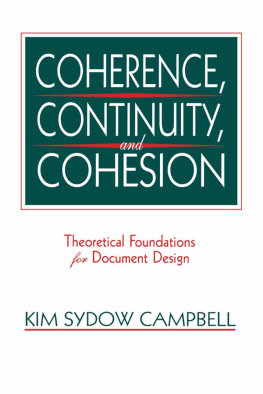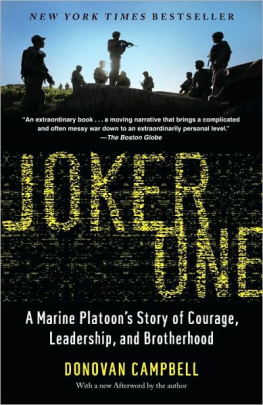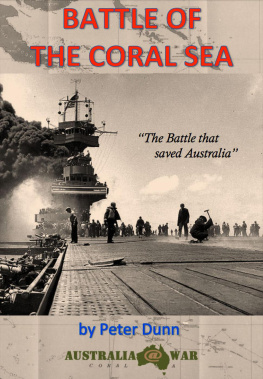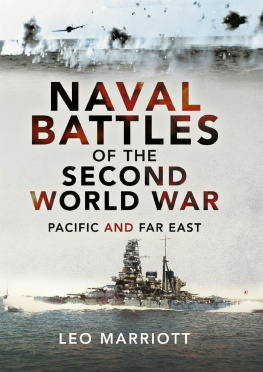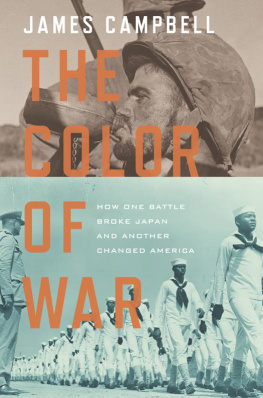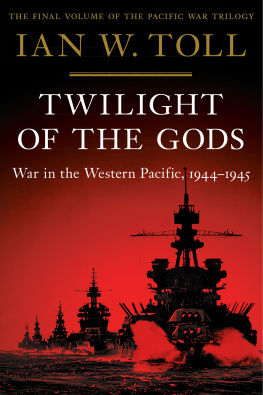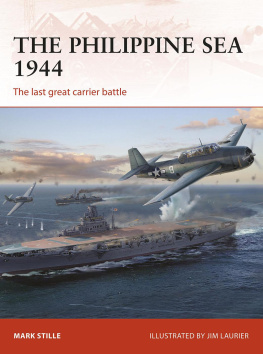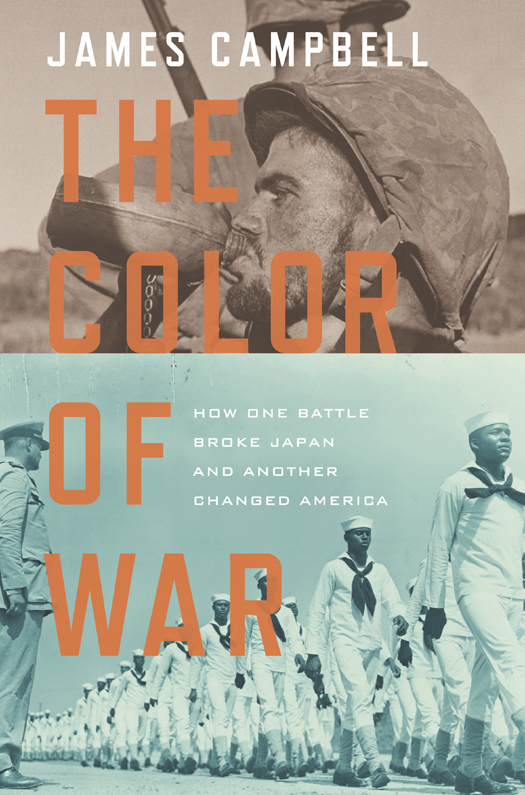ALSO BY JAMES CAMPBELL
The Final Frontiersman
The Ghost Mountain Boys
Copyright 2012 by James Campbell
All rights reserved.
Published in the United States by Crown Publishers,
an imprint of the Crown Publishing Group,
a division of Random House, Inc., New York.
www.crownpublishing.com
CROWN and the Crown colophon are registered trademarks of Random House, Inc.
Library of Congress Cataloging-in-Publication Data
Campbell, James.
The color of war: how one battle broke Japan and another changed America / James Campbell. 1st ed.
p. cm.
1. Port Chicago Mutiny, Port Chicago, Calif., 1944. 2. Port Chicago Mutiny Trial, San Francisco, Calif., 1944. 3. World War, 19391945Participation, African American. 4. United States. NavyAfrican AmericansHistory20th century. 5. World War, 19391945CampaignsNew Guinea. I. Title.
D810.N4C36 2012
940.545308996073079463dc23 2011023913
eISBN: 978-0-307-46123-0
Maps by Joe LeMonnier
Jacket design by Gabriele Wilson
Jacket photographs: (top) W. Eugene Smith/Time & Life Pictures/Getty Images; (bottom) Schomburg Center, NYPL/Art Resource, NY
v3.1_r1
In memory of my mother-in-law,
Elaine DeGaetano Harvey
Show me the two so closely bound
As we, by the wet bond of blood.
R OBERT G RAVES
I believe as long as we allow conditions to exist
that make for second-class citizens, we are making
of ourselves less than first-class citizens.
D WIGHT D. E ISENHOWER
CONTENTS
A GUIDE TO THE BOOKS MAJOR CHARACTERS
U.S. COMMAND STRUCTURE
Admiral Ernest King: commander in chief, United States Fleet and Chief of Naval Operations
Admiral Chester Nimitz: commander of the Pacific Fleet
Admiral Raymond Spruance: commander of the United States 5th Fleet (originally the Central Pacific Force)
Admiral Richmond Kelly Turner: commander of the Joint Expeditionary Force and Northern Attack Force and commander of the amphibious landing
General Holland Howlin Mad Smith: commander V Amphibious Corps and commander of all expeditionary troops
General Douglas MacArthur: commander in chief Southwest Pacific Area
General George Marshall: U.S. Army chief of staff
Frank Knox: secretary of the Navy
James Forrestal: secretary of the Navy following Knoxs death
Vice Admiral Randall Jacobs: chief of naval personnel
SAIPAN
Second Lieutenant Carl Roth: E Company, 23rd Regiment, 4th Marine Division
Gunnery Sergeant Emberg Townsley: E Company
Robert Graf: E Company, from Ballston Spa, New York
Dick Crerar: E Company, Grafs buddy
Bill More: E Company, Grafs buddy
Lieutenant James Stanley Leary Jr: G Company, 23rd Regiment, 4th Marine Division, from Ashokie, North Carolina
Sergeant Jack Campbell: G Company, platoon sergeant
Carl Matthews: G Company, Gold Dust Twin, from Hubbard, Texas
Richard Freeby: G Company, Gold Dust Twin, from Quanah, Texas
Wendell Nightingale: G Company, from Skowhegan, Maine
Sergeant John Rachitsky: Bastard Battalion, 29th Marines
Frank Chick Borta: Bastard Battalion, 29th Marines, from Chicago
Glen Pluto Brem: Bastard Battalion, 29th Marines, from Gilroy, California
Richard Carney: Bastard Battalion, 29th Marines, from Bronx, New York
Milt Lemon: Bastard Battalion, 29th Marines, from Texas Panhandle
MONTFORD POINT
Edgar Lee Huff: One of Montford Points first black recruits, from Gadsden, Alabama
Colonel Samuel Woods: commanding officer of Montford Point
PORT CHICAGO
Black Seamen
George Booth: carpenter striker, Division #4, from Detroit
Sammie Lee Boykin: carpenter striker, ammunition handler and winch operator, Division #1, from Bessemer, Alabama
Percy Robinson, Jr.: hold boss and winch operator, Division #4, from Chicago
Spencer Sikes: boxcar inspector and shore patrol, from West Palm Beach, Florida
Joe Small: cadence caller and winch operator, Division #4, from Middlesex County, New Jersey
White Officers
Lieutenant Ernest Delucchi: head of Division #4
Captain Nelson Goss: commanding officer at Mare Island and Port Chicago
Lieutenant Commander Alexander Holman: head loading officer and officer in charge of training
Captain Merrill Kinne: officer-in-charge of the Port Chicago Naval Magazine
Lieutenant Commander Glen Ringquist: assistant loading officer
Lieutenant Richard Terstenson: assistant loading officer
Lieutenant James Tobin: head of Division #2
Lieutenant Raymond Robert Bob White: junior officer in charge of Division #3
KEY FIGURES OF ALLEGED MUTINY AND TRIAL
Black Seamen
Ollie Green: witness for the defense
Joseph Gray: witness for the prosecution
Edward Longmire: witness for the defense
Alphonso McPherson: witness for the defense
Edward Stubblefield: witness for the prosecution
Joe Small: witness for the defense
Thurgood Marshall: chief counsel of the NAACPs Legal and Educational Defense Fund
White Officers
Lieutenant Commander Charles Bridges: executive Officer Mare Island Naval Barracks
Lieutenant Commander James Coakley: head of the prosecution team
Lieutenant Commander Jefferson Flowers: chaplain, Mare Island
Rear Admiral Hugo Osterhaus: head of the seven-member general court martial
Lieutenant Gerald Veltmann: head of the defense team
Rear Admiral Carleton Wright: commandant of the Twelfth Naval District
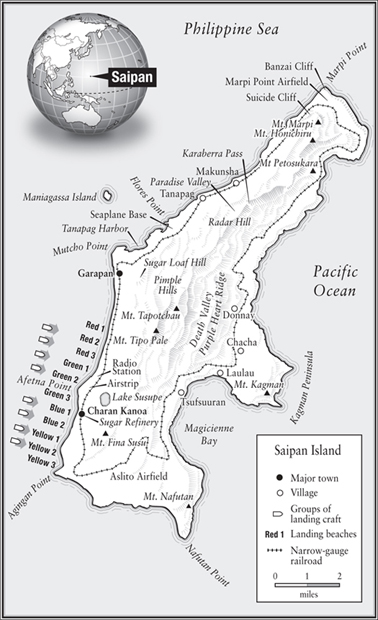
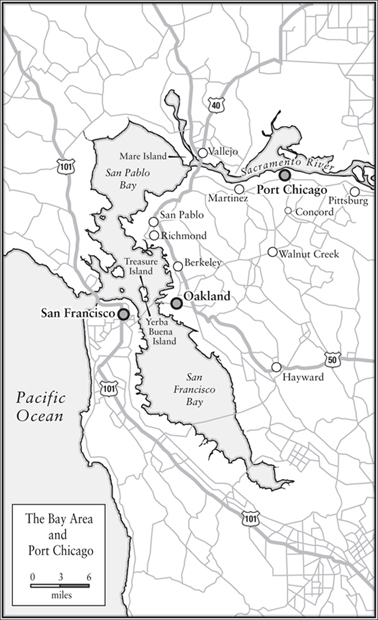
FOREWORD
T he inspiration for the African American portion of this story dates back to 2005 when I began writing The Ghost Mountain Boys. While researching that book, I first found out about the 96th Engineers, a group of black laborers that braved snakes, malaria, endless rain, and some of the roughest terrain on the planet to build roads, airfields, and piers throughout New Guinea. En route to the island, their ship docked in Brisbane and Townsville, Australia. In both places they were refused entrance to the city. The story of the 96th is told by one of its white officers, Captain Hyman Samuelson.


